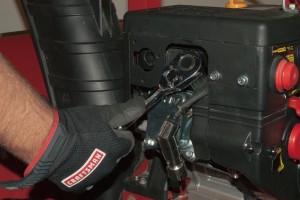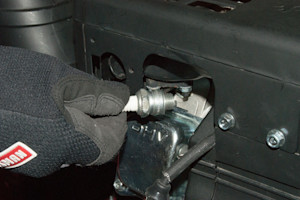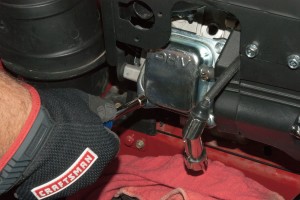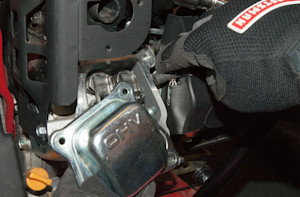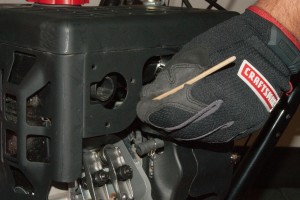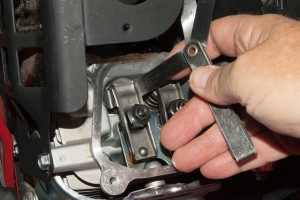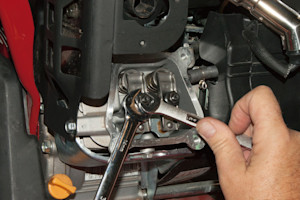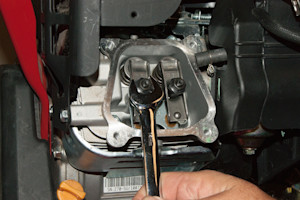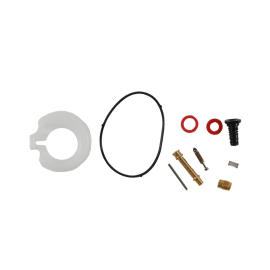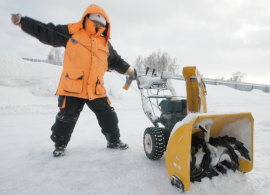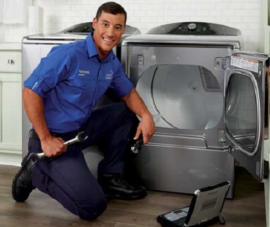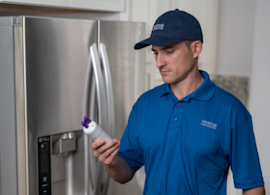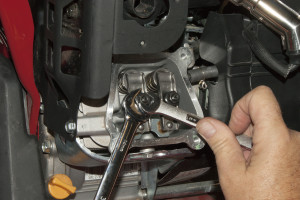
This illustrated repair guide and DIY YouTube video give step-by-step instructions for adjusting the valve lash on a common snowblower engine.
What is engine valve lash?
Valve lash is the space between the top of the valve stem and the rocker arm when the piston is at the top of its travel (top dead center) inside the engine cylinder. At this point, a valve should be fully closed. When the piston is at top dead center of the compression stroke, both the intake and exhaust valves should both be fully shut.
Incorrect valve lash prevents the valve from opening or closing properly.
Bad valve lash adjustment can make the engine:
Hard to start.
Sluggish when running.
Underpowered.
Check and adjust engine valve lash when the engine exhibits these symptoms and basic troubleshooting doesn’t fix the problem.
Engine manufacturers also recommend that you check valve lash after the first 25 hours of use and then after every 100 hours of engine use.
What is top dead center (TDC)?
Top dead center is the position of the piston when it’s at the very top of its travel inside the engine cylinder. When the cylinder is at TDC, a valve will be fully shut so you can accurately measure valve lash. When you position the piston at TDC for the compression stroke, both the intake and exhaust valves should be fully shut so you can check valve lash for both valves on many types of snowblower engines. Valve lash should only be measured and adjusted when the piston is at TDC.
What types of snowblower engines need valve lash adjustment?
MTD, Briggs & Stratton and other brands of engines on snowblowers typically need valve lash adjustments to start and run smoothly. Check the engine owner’s manual for valve lash guidelines for the engine on your snowblower or snow thrower.
This video shows how to adjust valve lash on a typical MTD engine that is commonly used on these brands of snowblowers:
Follow the procedure for checking and adjusting valve lash listed in the owner’s manual for your snowblower or your snowblower’s engine. (Many snowblowers and snow throwers have a separate owner’s manual for the engine.)


